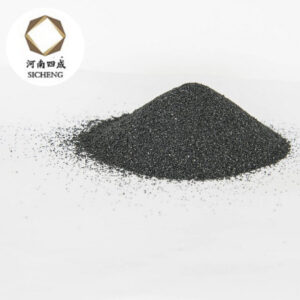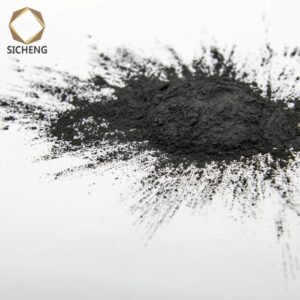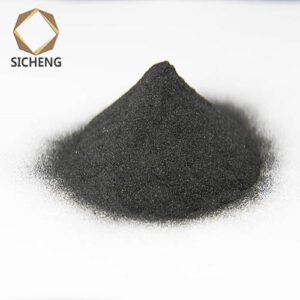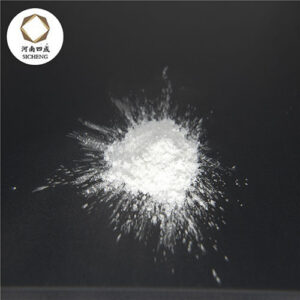In the inspectionWhite corundumIn addition to the hardness and crack strength of the grinding wheel, the porosity and microstructure inhomogeneity of the white corundum grinding wheel must also be tested. Therefore, in order to obtain more complete abrasive characteristics and better determine the cutting capacity of white corundum grinding wheels. Among the quality indicators of white corundum grinding wheels currently tested, the volume size characteristics of increasing pores and their inspection methods can be proposed. The volume size characteristics of the abrasive pores include several tissue and quality indicators of the white corundum grinding wheel, such as the total volume of the pores, the size of the pores, the depth of the pores on the surface of the white corundum grinding wheel and the distribution of the pores in the white corundum grinding wheel. In order to test this new characteristic indicator, the corresponding detection instrument should be used.
The white corundum grinding wheel is a porous structure because there is a layer of air in the abrasive molding material injected into the model, as in all loosely shaped crystals that are not firmly consolidated. This air layer is compressed as the molding material is compacted during the compacting. At this time, part of the air remains in the demolded abrasive body and forms pores. The other part of the air overflows from the molding material and forms a channel or porous path that connects the pores to each other and communicates with the surface, thus forming the initial stomatal and porous path system.
The presence of a porous path system in the white corundum grinding wheel can be confirmed by the above air permeability check of the abrasive blank. At this time, it is found that when there is no make-up, the air permeability of the two end faces of the abrasive is not the same, that is, the air permeability of the compacted side is relatively small, while the air permeability of the other side is relatively large, because the abrasive molding material of the compacted surface is pressed tighter, so that the amount of air shining from the molding material of this end face is also more, which reduces the number of pores. When the abrasive molding material is not stirred well or the molding material is unevenly distributed in some places in the model, the concentration of abrasive particles and binder will be uneven. When compacting, this phenomenon will lead to different degrees of compaction in individual places of the abrasive blank, different amounts of air extruded, and the formation of pores and porosity paths of different sizes, which is the inhomogeneity of the structure of the white corundum grinding wheel. This phenomenon can be explained by the different air permeability of various parts of the abrasive.
The various components of the binder such as clay, talc, feldspar and water glass, etc., in their composition have compounds that can be burned or evaporated at high temperatures, so in the process of sintering the abrasive blank at a temperature of 1250~1300 degrees, the burned and evaporated compounds form a gas in the green body, which is a gas that tries to expand under the influence of high temperature, so it is combined into a single space, due to the inhalation of the newly generated gas, these spaces continue to increase, and the sintered bond is compacted to form pores. The gas space breaks through the binder at the thinnest part of the section and combines it with other gas spaces to form a channel, that is, the porous path.





